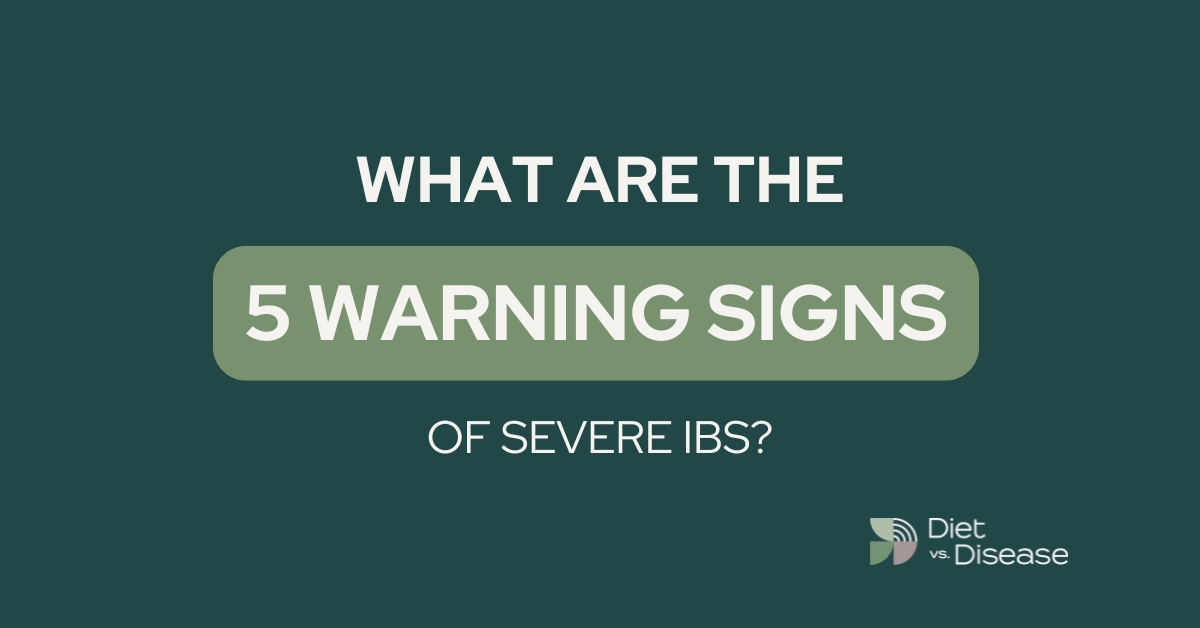What Is Food Intolerance and Sensitivity?
A food intolerance (also called a food sensitivity) is an adverse reaction to certain substances found in food.
Unlike food allergy, food intolerance does not involve the immune system.
Rather, these substances act as irritants on the nerve endings in sensitive people.
The symptoms of food intolerance can affect four main systems of the body including:
- Nervous system: headaches, migraines, irritability, restlessness, hyperactivity
- Respiratory system: asthma, wheezing, chronic cough, sinus problems
- Gastro-intestinal tract: recurrent mouth ulcers, reflux, nausea, bloating, stomach pain and cramping, altered bowel habits
- Skin: eczema, hives, other skin rashes.
Common Triggers of Food Intolerance and Sensitivity
The most common naturally occurring substances known to trigger symptoms include:
- Salicylates: found in many fruits and vegetables, herbs and spices, honey, tea and coffee, wine and beer
- Amines: found in aged products such as ripened fruit and vegetables, cheese, wine and beer
- Glutamates: a natural flavour enhancer found in savoury foods such as cheese, mushrooms, tomatoes, grapes
- FODMAPs: poorly absorbed sugars found in a variety of fruits, vegetables, grains and dairy products
- Dairy milk protein: found in cow’s milk products such as milk, yogurt and cheese
- Gluten: found in products made from wheat, barley and rye. Although new research indicates gluten is not the issue unless you have celiac disease.
- Soy: found in products made from soy beans.
There are also a number of artificial additives known to trigger symptoms:
- Colours: added to a wide variety of foods such as lollies, cakes, sauces and many more to change or improve the colour of the product
- Preservatives: added to extend the shelf-life of products
- Antioxidants: also added to preserve particular products and extend their shelf-life
- Flavour enhancers: added to enhance the flavour of bland foods.
Elimination Diets For Diagnosing and Treating Food Intolerance
Food intolerance does not involve the immune system, nor is there any evidence of actual disease.
This means that when medical investigations are completed by doctors, test results come back as negative.
Thus, the only way to diagnose food intolerance is through structured medical elimination diets.
These elimination diets have three phases:
- Elimination: suspected trigger substances are temporarily removed from the diet
- Re-Introduction/Re-Challenge: individual trigger substances are systematically re-introduced/re-challenged one at a time to identify which substance is responsible for triggering symptoms and in what amount
- Personalise: tolerated substances are re-introduced into the diet and trigger substances are avoided.
The most common elimination diet used is the low FODMAP diet.
However those who do not find success with this diet may do better on the FAILSAFE diet / RPAH Elimination diet for food chemical intolerance.
More Information on Food Intolerance and Sensitivity
11 Warning Signs You Have A Sneaky Food Intolerance
Food Chemicals and the FAILSAFE Diet (RPAH Diet): The Beginner’s Guide
Salicylate Intolerance: The Complete Guide + List of Foods
Histamine Intolerance: Everything You Need To Know Explained in Plain English
Fructose Malabsorption: A Beginner’s Guide to Treatment
Digestive Enzyme Supplements: Splitting Fact From Fiction
Lactose Intolerance: What You Need to Know to Live a Normal Life
6 Signs and Symptoms of Gluten Intolerance
All articles about Food Intolerance and Sensitivity
What Are The 5 Warning Signs Of Severe IBS?
In this article we’ll look at the 5 main warning signs and symptoms of IBS, because a lot of patients get left on their own here by the doctor and are not sure if they have IBS or what to do.
In fact, can you guess what percentage of people these days are believed to have IBS, both globally but then also specifically in western countries, like the US, Canada, UK and Australia?
[Discover More…]Histamine Intolerance: Everything You Need To Know Explained in Plain English
Histamine intolerance is poorly understood in the medical world.
Most health professionals are not knowledgeable on the topic; diagnosis is flaky at best; and the condition itself is difficult to treat.
That’s why I’ve created this guide. It’s a comprehensive, research-driven review of histamine intolerance, with a particular emphasis on diet and treatment.
Food Chemicals and the FAILSAFE Diet (RPAH Diet): The Beginner’s Guide
The FAILSAFE diet is an elimination diet to test for food chemical sensitivities.
It’s also commonly called the RPAH diet.
This article takes a closer look at what it is, how it works and who might benefit from it.
[Discover More…]Lactose Intolerance: What You Need to Know to Live a Normal Life
Does dairy give you digestive discomfort?
Lactose may be the culprit… but that doesn’t mean you have to give up milk and cheese forever.
This article explains what you need to know about lactose intolerance.
[Discover More…]Fructose Malabsorption: A Beginner’s Guide to Treatment
Fructose malabsorption is a gastrointestinal condition that causes digestive discomfort.
It’s common in sufferers of Irritable Bowel Syndrome (IBS), but can also be experienced in others.
This article looks in detail at fructose malabsorption and explores the scientifically-proven diet changes that can help improve your symptoms.
[Discover More…]Salicylate Intolerance: The Complete Guide + List of Foods
Salicylate intolerance is not fully understood by scientists.
The condition is often misdiagnosed, and there’s a variety of possible treatments.
Some salicylates are relatively easy to stay away from, but others are nearly impossible to avoid.
This article looks at the evidence-based ways to treat salicylate intolerance.
[Discover More…]Digestive Enzyme Supplements: Splitting Fact From Fiction
Some lack the enzymes required to digest specific foods.
This can cause a range of digestive issues including gas, bloating, and diarrhea.
Digestive enzyme supplements may remedy this, but it depends on what food intolerance is the problem.
This article is a sales-free look at the effectiveness of digestive enzyme supplements, based on the latest scientific evidence.
[Discover More…]6 Signs and Symptoms of Gluten Intolerance
There is a huge fad component to the gluten-free movement.
However, many people genuinely cannot tolerate it, even if they don’t have celiac disease.
The problem is they don’t realise this, and then live with digestive symptoms as though it’s normal.
This article looks at the most common signs and symptoms of gluten intolerance.
[Discover More…]11 Warning Signs You Have A Sneaky Food Intolerance
Do some foods just not sit right with you?
Have you noticed that it was not just a one-off, but rather part of a trend or pattern of symptoms?
Food intolerance (also known as food sensitivity) is much more common than you think. Up to 10% of people experience it to some degree, yet most don’t do anything about it.
Not to be confused with food allergy (which involves the immune system), a food intolerance reaction occurs when an individual’s threshold to certain food compounds or chemicals is exceeded. Symptoms can occur hours – even days – after eating the offending food.
Scroll through and see if you experience any of the following signs of food intolerance:
[Discover More…]














